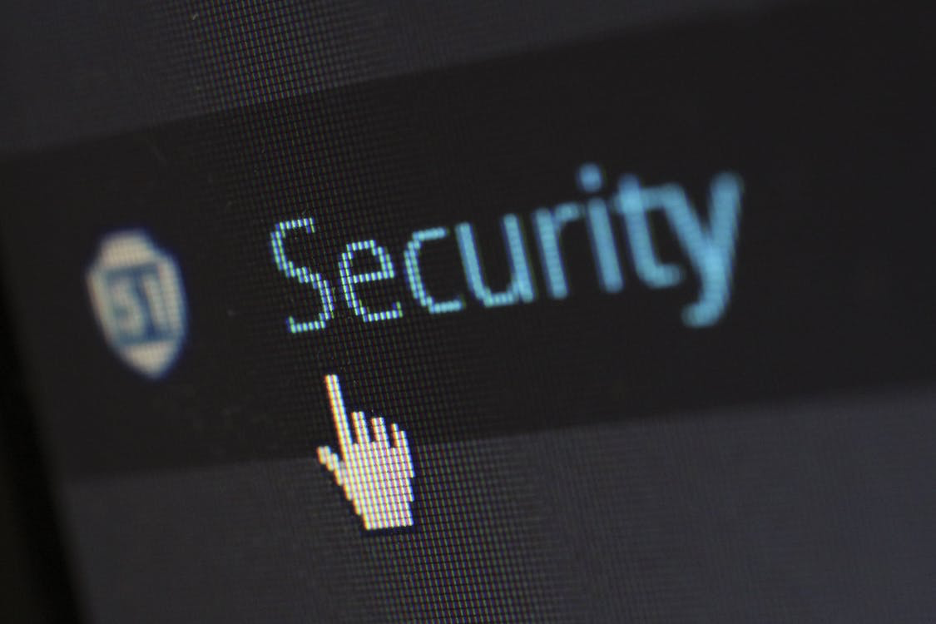With everyone working from home, the internet has become a much busier place in the last couple of months. Ever since the beginning of the whole 2020 situation, people have been focused on leading their lives online rather than in person. While internet technologies do allow for more freedom and flexibility when it comes to working remotely, there are certain security risks tied to working from home. If you haven’t paid much attention to cybersecurity in the past, now is the best time to start taking care of your device and data privacy.
Cybersecurity Concerns to Look Out For
Security is probably not the first thing that comes to your mind when you think of remote work. However, being online throughout most of the day leaves you exposed to a variety of security risks including phishing scams, malware infections, and data theft. These are some of the major concerns for people who are working from home regularly. If you’ve been following the cybersecurity news lately, you might’ve heard of the recent incidents such as Zoom calls getting hacked and intercepted.
Hackers have started exploiting vulnerabilities of online communications platforms such as Zoom to steal people’s personal information. With everyone so distracted from the concept of security, now is the perfect time for hackers to attack. The remote workforce has grown tremendously over the last couple of months, which opened up even more opportunities for online criminal activities.
One of the most common threats these days is phishing based on fake news. With so many things going on in the world, hackers can easily use fake news as a bait to lure users to fake websites where they can steal their data. Phishing most commonly occurs in email environments, although one can become a victim if they are not careful when surfing the web. Embedded links and attachments in emails are some of the most common phishing traps hackers use to catch people off guard.
When it comes to surfing the web, the biggest threat hides in infected ads that hold malicious links to fake phishing websites. However, even if you are cautious when working remotely, it does not mean you are completely safe from common cybersecurity threats. Old or outdated operating systems and antivirus programs can get you in trouble without you even being aware of it. That is why practicing basic cybersecurity measures is key to protecting your data and devices during quarantine.
Stay Safe Online
Being aware of potential risks online will keep you out of harm’s way but it won’t fully protect your devices. Those who want to take their cybersecurity system to the next level should consider investing time into basic safety measures such as installing two-factor authentication and using email filtering. Stronger passwords and double verification will keep intruders out of your online accounts. However, since hackers often target financial accounts, we recommend turning on text notifications for your banking information.
That way, you will be notified right away if there has been a security breach in your account. Other safety measures you should consider include setting up an updated antivirus program, regularly scanning for malware, as well as staying away from fake and suspicious links and websites.



 714-333-9620
714-333-9620